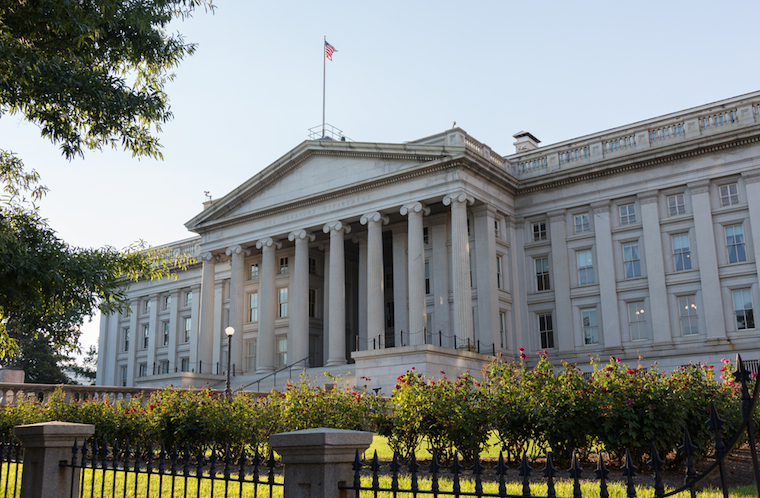Analyst says 3 metrics suggest where 10-year Treasury yields will peak

Three metrics can help estimate where 10-year Treasury yields may peak, suggests Kathy Jones in a recent publication on fixed income bonds for Charles Schwab.
The first guide, she writes, is to watch the federal funds rate. In past cycles, the peak in 10-year Treasury yields has been close to the peak in the fed funds rate. However, Jones notes in her report that even though 10-year Treasury yields have more than doubled since reaching a 35-year low of 1.36 percent in June 2016 they still lag below 3 percent.
The second consideration she presents is that what's "normal" for the Treasury market includes an inherent amount of risk.
"In theory, bond yields should reflect the weighted average expected short-term interest rates plus a risk premium," Jones writes. "Since the major central banks engaged in their bond-buying programs (quantitative easing), the risk premium was suppressed."
Third, Jones says investors should keep an eye on inflation, especially with the Federal Reserve raising short-term interest rates.
"In the five years leading up to the onset of the financial crisis, nominal 10-year Treasury yields averaged 4.4 percent while consumer price index inflation averaged 2.9 percent for a “real yield” of about 1.5 percent," she writes. "The expected inflation rate over the next five years, as measured by the five-year, five-year forward inflation expectation rate, is currently about 2 percent."
Thus, adding a 1.5 percent premium to the expected 2 percent inflation rate would imply an average nominal Treasury yield of 3.5 percent over the next five years.






 Alerts Sign-up
Alerts Sign-up